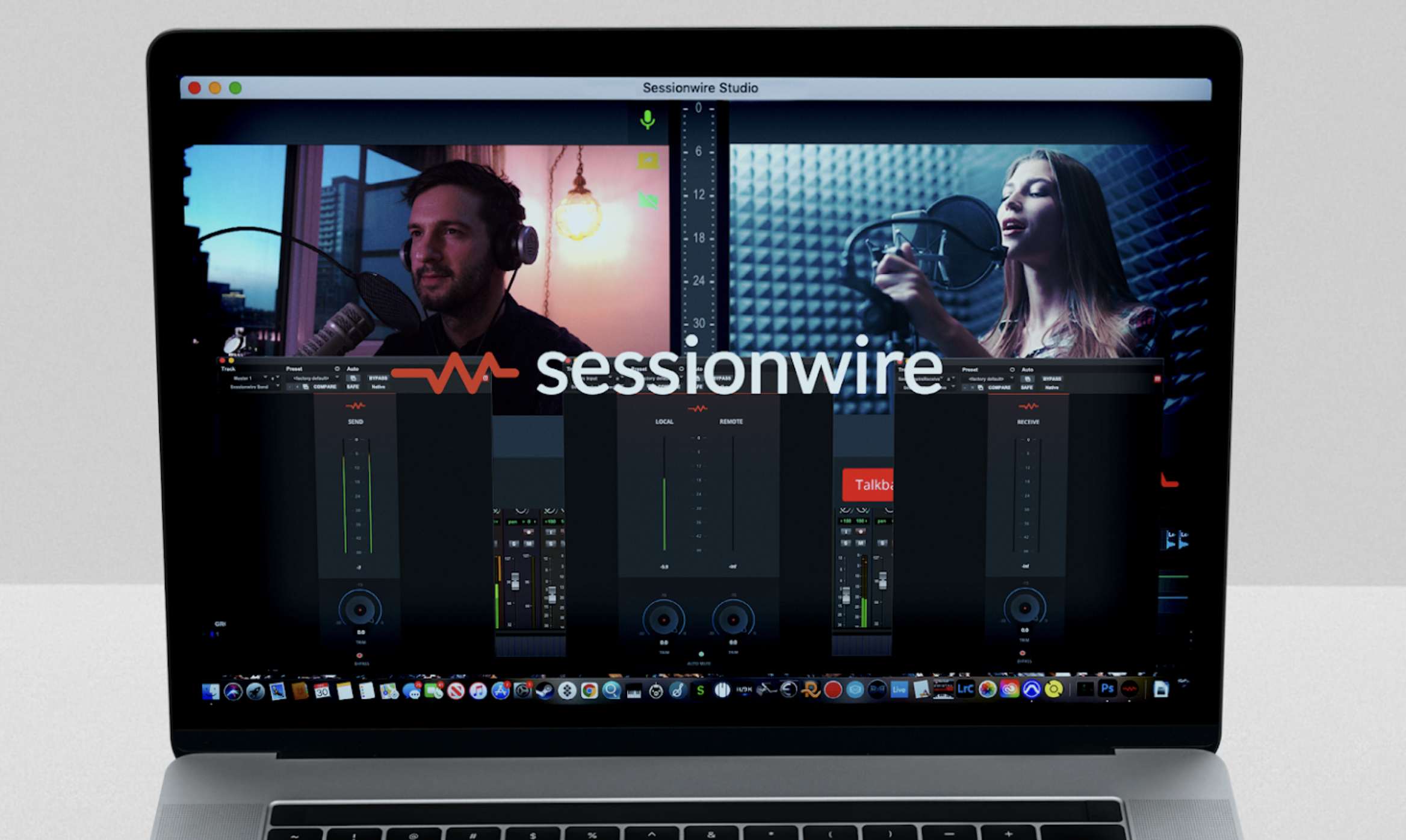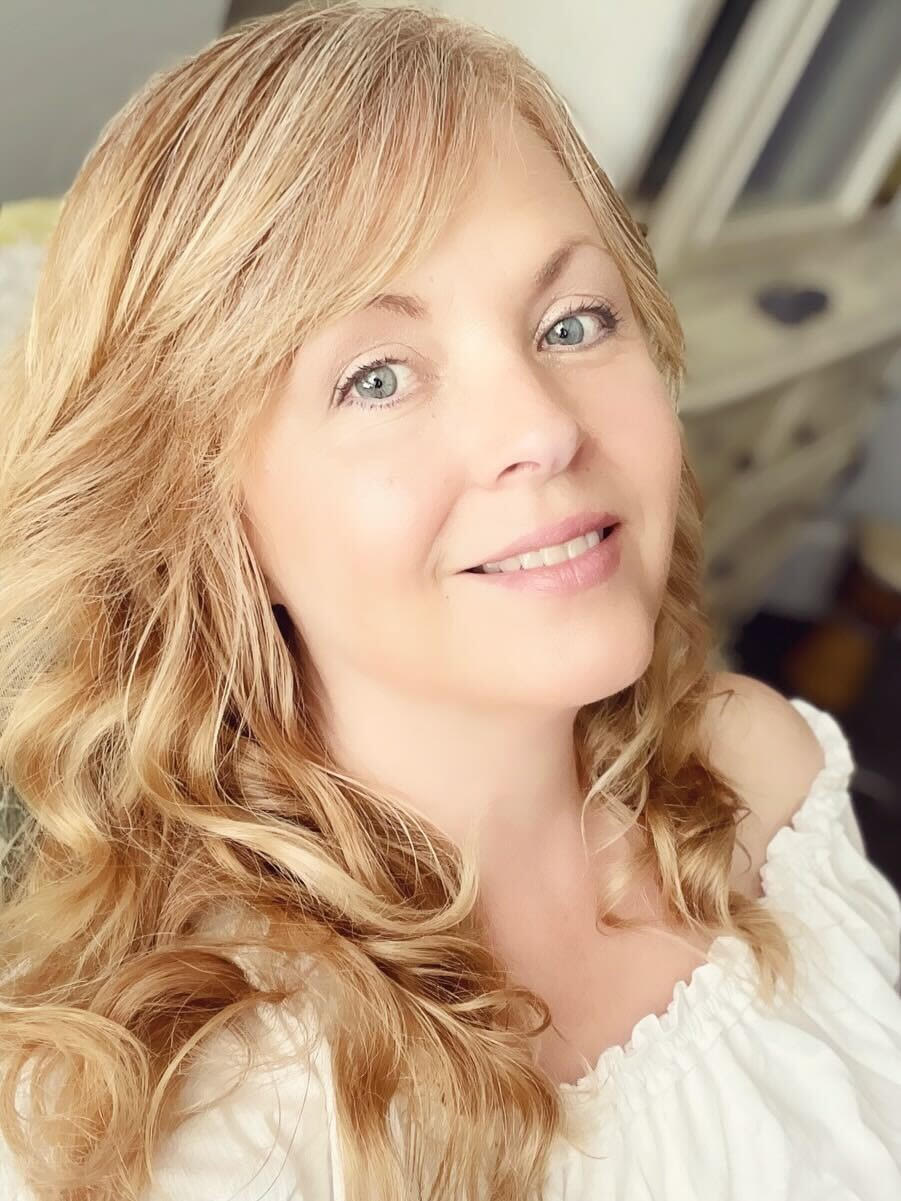by Naomi Leboe
As we approach two years into the pandemic and the world begins to reintegrate, many churches are now holding in-person services at reduced capacity. Subsequently, hybrid worship has become the norm for many church congregations.
The struggle continues for worship teams to find creative ways to rehearse, arrange and produce music together when in isolation. Some, however, have managed to find ways to use today’s technologies to make the process more manageable.
Brett Ziegler has been a Technical Director in churches since 2005. He is currently the Technical Director of North Langley Community Church in Langley, British Columbia, Canada. This week, he shared with us a few of the challenges, surprises, and successes that they have experienced from the first lockdown to the present situation, since reopening their doors to the provincial restriction of 50% maximum attendance at church services.
Pre-pandemic, Ziegler observed, the Sunday livestream from North Langley Community Church was more of an afterthought: a service provided for a few overseas missionary families and people who had moved away. “We had a director/switcher who would overlay song lyrics, cut away to presentation slides, and choose between camera shots (heavily favoring the only camera that looked good!) but there were no camera shots in the auditorium at all.
“The sound for our livestream was a bit of an afterthought as well. We were using a separate (post-fader) mix from our board, and it wouldn’t be uncommon to hear that we’d left a singer or an instrument completely out of that mix!”
In March 2020, everything changed. Zeigler went on to explain that with the auditorium empty of all but the pastor and the worship team, the livestream became the only thing that really mattered on a Sunday morning. A second operated camera was brought in, and suddenly the director had real decisions to make.
“Audio for the livestream changed instantly as well,” Zeigler revealed. “I switched us over to a “main mix plus” approach that included time-aligned room mics, a “speech boost” group, and new processing on the livestream bus. We started using the PA just to make the livestream mix livelier and more turned the PA right off for the sermon for the sake of intelligibility.
“Another temporary space we created for the pandemic was the “Zoom Room.” We combined a computer running Zoom with a Blackmagic ATEM Mini Pro video switcher, a second computer running content on ProPresenter, a headset mic and camcorder for the operator, and an uncompressed feed of our main livestream. This allowed Zoom-based ministries to be very agile, with the host switching between him or herself, the presentation computer, and the main sanctuary livestream feed. Then the Zoom meeting could be broken out into small groups as well.”

Even as people begin attending services once again, the quality of the online experience remains a priority. The online congregation is often larger than the number of those attending in-person.
“True hybrid-church didn’t really become our mindset until live congregations were allowed again. Our live sound matters again! But now our livestream quality matters too! Even with our sanctuary open, we will have hundreds of people tuned in live to the stream.”

The current hybrid approach to making, sharing, and presenting music at a distance has been made possible with current streaming technologies and collaboration apps such as Sessionwire.
“To usher in this new season of hybrid church, one of our first steps was to add side screens that would actually display the service as seen in the livestream. A large center “banner screen” shows lyrics in a larger format, but the side screens remind our live congregation that we have a whole other unseen congregation, tuned in from home as we all were for months and months.”
During these times, an even bigger challenge for worship teams can be collaborating or rehearsing remotely. With many musicians and singers unable to travel or gather due to the pandemic restrictions, many worship teams are discovering the benefits of using software such as Sessionwire to share and work on high quality audio live together online. Sessionwire’s cutting-edge technology is being used by people worldwide to collaborate and record tracks, and produce studio-quality audio, which can be used alongside live performances, or for professional recordings.


Whether it is working on the arrangement of worship songs and hymns or creating original songs, collaboration is becoming increasingly popular as more worship musicians discover the benefits of working together creatively online. Zeigler noted, “This season, from March 2020 to August 2021, also included more recording opportunities than ever before. Easter and Christmas lent themselves to recording and filming on site, but we also wanted to release a lot of songs that showed our musicians in their homes.”
When using Sessionwire for online remote sessions, files are typically shared and loaded into a DAW (Digital Audio Workstation) such as Logic Pro X as a reference so that the musicians and singers can work together on parts in real time. He went on to explain that previously, “We would send bed tracks to worship team members, they would do their best and send their audio track with video back to us. Since these are all volunteer musicians the source material was all over the map in terms of quality. We really could have had the best of both worlds if we had a tool like Sessionwire to collaborate in real time. Instead, we had to deemphasize a lot of tracks in the mix or ask for them to be redone.”
Sessionwire provides a user-friendly, efficient, streamlined solution for live audio that will continue to be a powerful tool for remote production long after the pandemic has passed.
“It has been two years of adaptation and flexibility, and I’m sure that hybrid worship is not going anywhere,” Zeigler affirmed. Whether it’s about collaborating to record songs or create parts for the worship band, products like Sessionwire are a huge timesaver and catalyst for new ways of working together.”
 Naomi Leboe is a freelance writer and singer/songwriter living in the Greater Vancouver, BC area.
Naomi Leboe is a freelance writer and singer/songwriter living in the Greater Vancouver, BC area.




